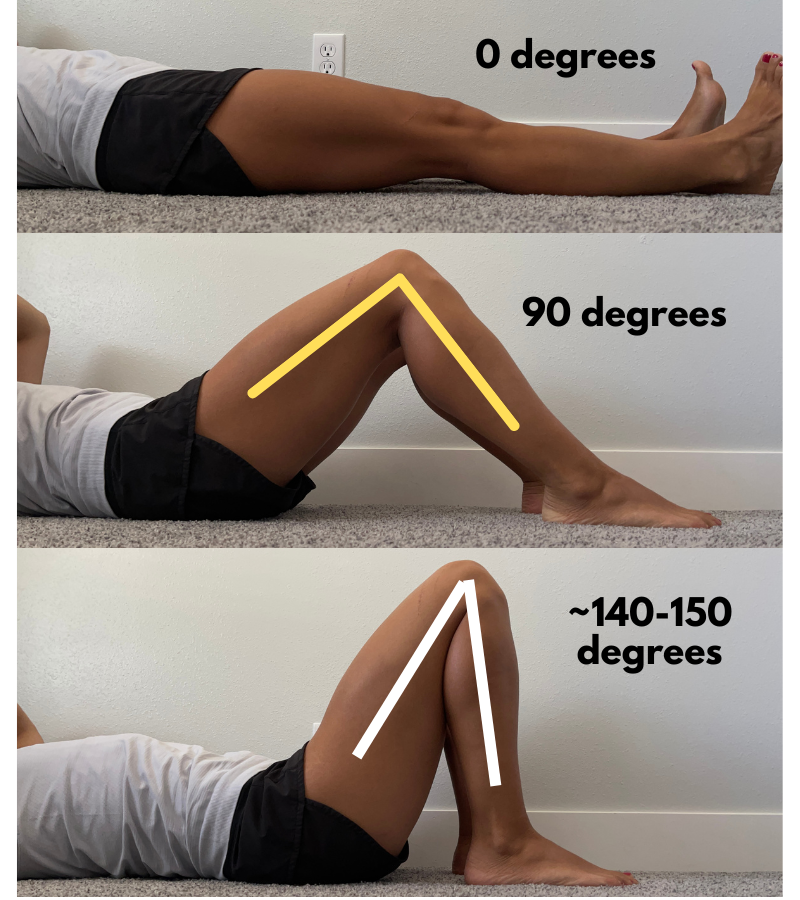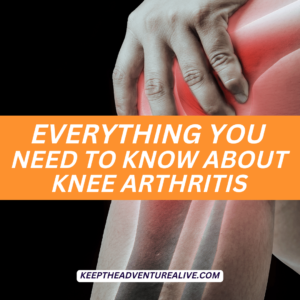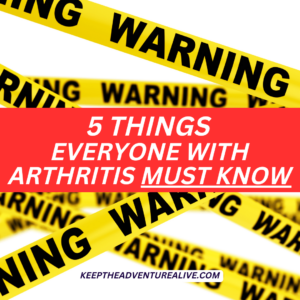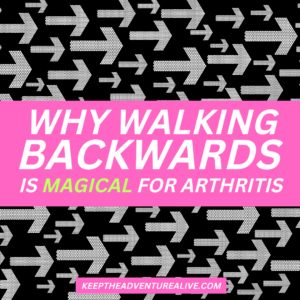Knee flexion is an essential movement of the knee that allows for bending of the leg at the knee. This motion plays a crucial role in daily activities such as walking, stair climbing, running, and squatting. If you are lacking knee flexion, these activities can become very difficult and potentially painful. It is possible to regain this knee range of motion with the right movements.
Knee range of motion can become limited if you have had a previous injury, have knee osteoarthritis, have a history of a Baker’s Cyst, have had a health event that has impacted the nerves in your leg, and/or are sedentary and experience muscle tightness.
Regular swelling and stiffness (commonly secondary to knee osteoarthritis) can be the most limiting.
It is important to keep your knee mobile so you can complete daily activities without any compensations. If your knee doesn’t bend well, other joints and muscles have to make up for it. This can actually lead to to pain or injury.
How much knee flexion do you need?
Certain activities require differing ranges of knee flexion or knee bending.
These requirements can give you a target to achieve so you can normalize your movement patterns and reduce future irritation.
Here are common activities followed by what range of knee flexion is needed:
- Walking: up to 65 degrees
- Climbing up stairs: up to 85 degrees
- Going down stairs: up to 90 degrees
- Sitting down and standing up: up to 100 degrees (depending on the height of the chair)
- Riding a bike: 90-115 degrees depending on the type of bike
- Squatting: 90-115+ degrees
- Sitting cross-legged: up to 100-115 degrees
If you do not have the required knee bending, you may still be able to do the activity. You may get more movement from your hip, ankle, and or trunk/spine instead.
For example, if you don’t have enough knee bend to go up the stairs, you may swing your leg out using your hip or lift your hip up in order to clear your leg. This may also be apparent when walking too.
If you’ve had a knee replacement, here is an interesting chart to see how your knee flexion is comparing to others and how your range of motion compares to your time frame from surgery.
Here is a picture below for reference. You can measure your knee flexion lying down like below, sitting up, or lying on your stomach.
A good goal to shoot for with knee range of motion is around 110-120 degrees.

How to improve knee bending
The first step is to measure or estimate what your knee flexion is. There are a few ways you can do this, find out how in this article. The best way, especially after a total knee replacement, is to have your physical therapist measure it.
You can then retest your knee bending later to see if the movements are making a change.
These movements below will increase in intensity with #5 being the most intense. Listen to your body and don’t force any range.
1. Supine knee bending
This is a great one to do especially if you feel stiffness in the morning. Doing a few repetitions of bending and straightening can lubricate the joint. This will help your knee to move more fluidly when you are walking and up/down stairs.
Slide your heel up as high as you can. You may get more bend if you recline yourself back (supported by pillows) or lay flat. Completing 8-15 repetitions is a good place to start.
2. Grocery bag trick
When I was a home care physical therapist visiting patients after total knee replacements, I used this exercise very frequently to help improve knee bending in those after surgery. It can also help if you are having difficulty bending your knee without surgery.
Using a grocery bag allows for a slippery surface. It also allows for something to hold onto to help get extra range. Again, do not force it.
3. Supported squat
One of the best knee flexion exercises is a squat, but in this case, we are using support.
If you have limited range of motion in your knee, odds are squats are going to feel difficult- which is why I love using a stair railing, kitchen sink or another stable surface to hold onto. This surface needs to be very stable as you will be putting a decent amount of your bodyweight through it.
Try to bend down as far as you can. You will be using your bodyweight to get more knee bend. Only go down as far as you comfortable with to start.
As you gain more confidence, you may realize you can go down lower and lower. This means your knee flexion is improving. Aim for 5-15 repetitions when starting.
4. Elevated knee bending
This is one of my favorites, especially for those who have had limitations in knee bending for a while. This movement allows you to use your bodyweight as leverage to help get more bend in your knee.
Place the leg you want to work on top of a step. Hold onto the hand railings for support as you lean into your front leg.
Lean only as far as you are able to comfortably at first. As you complete more repetitions you may notice you can increase the amount you are leaning forward.
To take this up a notch, you can hold at the end range for 3-5 seconds, then come back- as long as it doesn’t cause significant pain. If you do experience significant pain, back off and reduce the range of motion.
Starting with 5-10 repetitions may be manageable.
5. End range knee flexion
This can be helpful to not only improve range of motion but to improve the strength at the end ranges.
Use an elevated surface like a yoga block, a box, a firmer cushion, etc. In this video she is using a yoga block which is roughly 4 inches high.
Try to use the muscles in the back of your leg to lift your knee into a bend. If you experience muscle cramping, try putting your toes on the floor and mastering that first.
Elevating your toes makes this exercise more challenging to the backs of your legs. Trying 5-10 repetitions can be helpful for this one when starting out as long as it feels good. Use support to reduce loss of balance.
Conclusion
When it comes to knee flexion, it is important to make sure that you try to keep as much range of motion as you can.
Especially after a knee replacement, regaining your ability to bend your knee is crucial for so many activities. forcing compensations may lead to a return of pain or inability to easily do the activities you want to do.
Start with 1 or 2 of these moves and try it at least every other day. Please make sure that it feels GOOD and doesn’t flare up your knee pain (if present). “No pain, no gain” does NOT apply here.
In order to continue to gain and keep your knee range of motion, having strong thighs is incredibly important. Learn more about the specific exercises to help increase your thigh strength in this article.
If you want to take the fast track to feeling strong, confident and mobile- I have the perfect FREE 3 Day, Arthritis-Friendly Walking Challenge for you!
By signing up you’ll get 3 follow along workouts sent to email, led by me! Together we will find the movements that your joints actually like as well as find imbalances that may exist that can help you walk with ease.
In order to make your arthritis adventures possible, you need the right steps and the right movements to get you there.
Alyssa Kuhn

If you are looking to regain your active life but are unsure where to start, join the revolutionary membership, Adventurers for Life. This is a step-by-step path that not only will help you find pain relief but will help you unlock adventure. You’ll get workouts, tests to pass to make sure you are on the right track, community events and MORE.
Disclaimer: This post is for general informational purposes only. It should not be used to self-diagnose and it is not a substitute for a medical exam, cure, treatment, diagnosis, and prescription or recommendation. It does not create a doctor-patient relationship between Dr. Kuhn and you. You should not make any change in your health regimen or diet before first consulting a physician and obtaining a medical exam, diagnosis, and recommendation. Move Well Age Well, LLC and Dr. Alyssa Kuhn, PT, DPT are not liable or responsible for any advice, course of treatment, diagnosis or any conclusions drawn, services or product you obtain through this post, video or site. Complete all exercises at your own risk.




